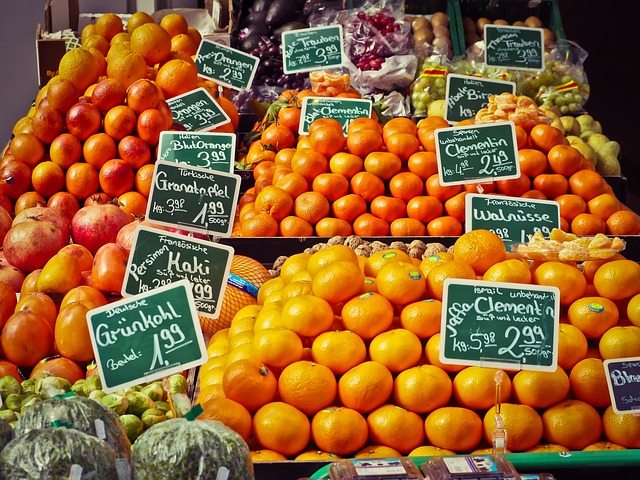Yard waste management, including the disposal of leaves, grass clippings, and garden debris, is vital for preserving soil health and enhancing the appearance of residential properties. Specialized yard waste removal and recycling programs are implemented by local governments and private entities to collect and process this organic material into compost, which enriches the soil and supports sustainable land management. These initiatives, timed with seasonal growth cycles, are designed to reduce waste sent to landfills and promote eco-friendly lawn care practices, potentially lessening the need for pesticides and contributing to a cleaner environment. Yard Waste Removal and Recycling plays a significant role in sustainable living and environmental conservation by diverting organic waste from disposal sites, transforming it into valuable compost, and supporting healthy ecosystems through responsible waste management. Homeowners can contribute to these efforts by engaging in practical strategies like regular raking or using a mulching mower to shred leaves into mulch, which enriches the soil and reduces waste. Communities offer additional support through yard waste recycling programs that convert organic matter into high-quality compost. These practices not only optimize yard maintenance but also demonstrate a commitment to environmental stewardship and maintaining healthy landscapes.
Managing yard waste, particularly leaves, is a seasonal task that extends beyond mere aesthetic concerns. It’s a critical aspect of maintaining soil health, preventing water runoff, and promoting biodiversity within residential landscapes. This article delves into the significance of yard waste removal and recycling, offering insights into efficient leaf collection strategies for homeowners and highlighting the role of mulching in optimizing this process. Join us as we explore ‘Yard Waste Removal and Recycling,’ ensuring your yard remains a thriving ecosystem throughout the year.
- Understanding Yard Waste: Types and Importance of Leaf Collection and Mulching
- Efficient Leaf Collection Strategies for Homeowners
- The Role of Mulching in Yard Waste Management and Recycling
Understanding Yard Waste: Types and Importance of Leaf Collection and Mulching

Yard waste, primarily consisting of leaves, grass clippings, and garden debris, plays a significant role in maintaining the health and aesthetics of residential landscapes. The proper management of this organic material is crucial for promoting soil fertility and preventing the spread of diseases that can affect plants. Leaf collection and mulching are integral practices within yard waste removal and recycling. These processes not only enhance the ecological balance but also contribute to resource recovery by converting yard waste into valuable compost, which enriches the soil and supports sustainable land management.
Local governments and private services offer specialized leaf collection programs, designed to efficiently gather and process this organic material. Collection efforts are typically scheduled according to the seasonal accumulation of leaves, ensuring timely removal before winter or during peak growing seasons for grass and garden plants. Additionally, these services often incorporate mulching as part of their yard waste recycling initiatives. Mulching involves shredding leaves into fine pieces, which breaks down more rapidly and can be used directly as a soil amendment or further composted. This practice significantly reduces the volume of yard waste sent to landfills and provides an eco-friendly solution for managing autumnal and seasonal debris. Homeowners who engage in these services can benefit from improved lawn health, reduced pesticide use, and a cleaner, safer environment. Yard Waste Removal and Recycling programs are thus vital for sustainable living practices and environmental stewardship.
Efficient Leaf Collection Strategies for Homeowners

Effective yard waste removal and recycling, particularly during the fall season, are pivotal for maintaining a healthy landscape and promoting environmental sustainability. Homeowners can streamline their leaf collection process by employing several efficient strategies. Firstly, regular raking or vacuuming of leaves into designated compost areas is a straightforward approach that prevents debris from scattering across the yard. This not only reduces the amount of yard waste but also provides natural nutrients for the soil as the leaves decompose. Additionally, utilizing a mulching mower can significantly reduce the volume of leaves that need to be removed. By chopping leaves into small pieces, the resulting mulch enhances soil fertility and reduces the frequency and volume of yard waste collection. For those with larger properties or more abundant foliage, investing in a high-quality leaf vacuum or blower can expedite the collection process. These tools are designed to efficiently gather and compact leaves for easier handling and disposal. Homeowners should also consider local community programs that offer yard waste recycling services, which often compost yard waste into nutrient-rich soil amendments. By adopting these strategies, homeowners can effectively manage leaf collection and contribute to a more sustainable ecosystem.
The Role of Mulching in Yard Waste Management and Recycling

Leaf collection and mulching play a pivotal role in effective yard waste management and recycling, contributing to sustainable community practices. During the fall season, the decomposition of leaves can accelerate if not managed properly, leading to potential yard waste issues such as compacted soil or nutrient depletion. Yard waste removal services are designed to address this by collecting fallen leaves and other organic matter from residential and public spaces. These collected materials are then processed through mulching programs, which transform the waste into beneficial mulch that can be reintroduced back into yards and gardens. This not only aids in soil enrichment but also reduces the volume of yard waste sent to landfills. The mulching process involves shredding leaves and yard trimmings, creating a fine material that serves as a protective cover for the soil. It helps to suppress weeds, retain soil moisture, and gradually breaks down to add valuable organic matter back into the soil. This cycle of collection, recycling, and application not only promotes environmental health but also enhances the overall aesthetic appeal of landscapes while reducing the need for chemical fertilizers and pesticides. Yard waste removal and mulching initiatives are thus integral components of a sustainable waste management system, reflecting a commitment to eco-friendly practices and resource conservation. Homeowners and municipalities alike benefit from these programs by maintaining healthy ecosystems and fostering community environmental stewardship.
Effective yard waste management, particularly through leaf collection and mulching, plays a pivotal role in maintaining healthy landscapes and promoting environmental sustainability. By understanding the types and importance of these practices, homeowners can implement efficient strategies to manage their yard waste responsibly. Mulching serves as an integral component of this process, recycling organic material back into the soil, thereby enriching it and reducing the need for external fertilizers. As outlined in this article, yard waste removal and recycling are not only beneficial for garden health but also contribute to broader environmental goals. Homeowners are encouraged to adopt these practices as part of their regular yard maintenance routine. With informed action, we can all contribute to a greener, more sustainable environment.
